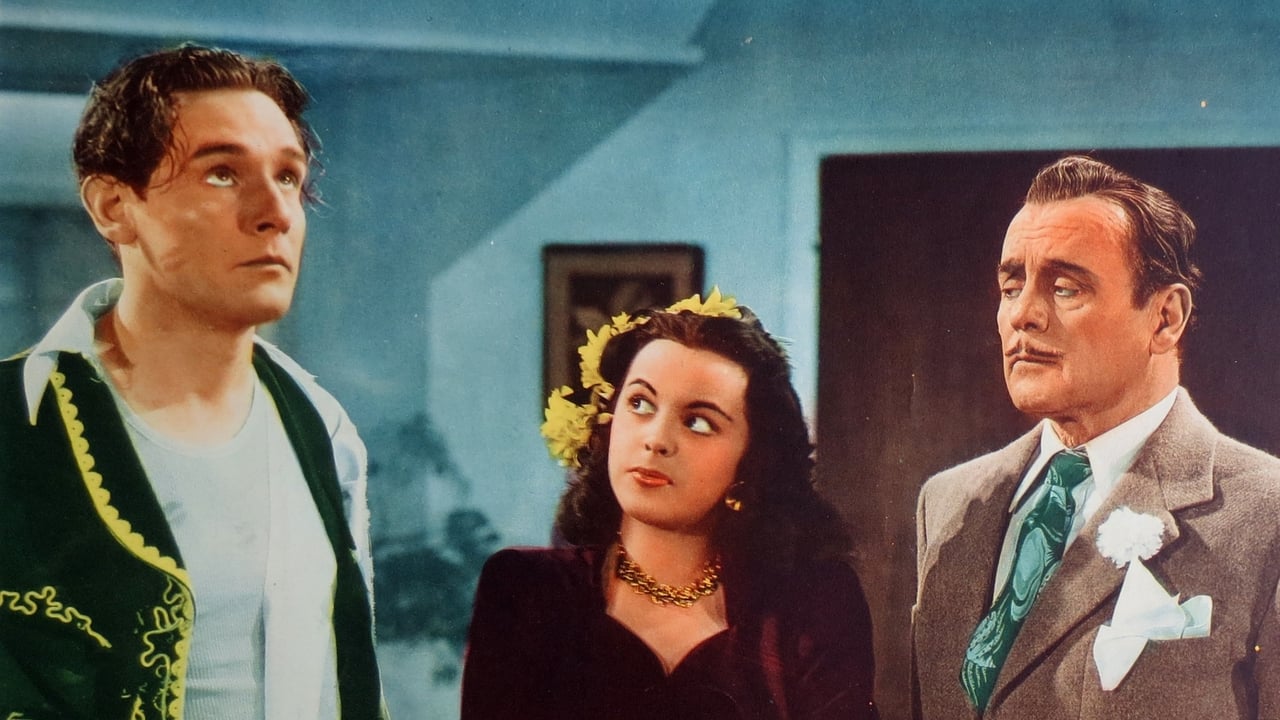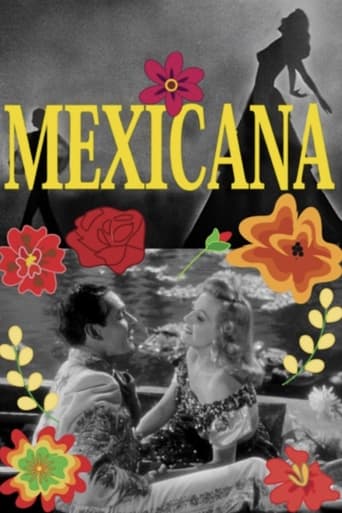PiraBit
if their story seems completely bonkers, almost like a feverish work of fiction, you ain't heard nothing yet.
Jakoba
True to its essence, the characters remain on the same line and manage to entertain the viewer, each highlighting their own distinctive qualities or touches.
mark.waltz
With the 1944 death of Lupe Velez, the stereotypical part of the Latina spitfire should have come to an end. But fiery beauties like Maria Montez and Estelita Rodriguez moved up the ladder, even though Rodriguez worked mostly at the second-string Republic Studios and never rose above B pictures. Here, the story focuses on the Mexican Frank Sinatra (Tito Guizar) who is being stalked by the temperamental Rodriguez, so he pretends to be married to an American singer (Constance Moore) in order to avoid any further contact with her. Suspecting the truth, Rodriguez follows Guizar and Moore onto their "honeymoon" where nothing is going to happen because Moore simply kicks Guizar out, leading to a Harold Lloyd type sequence where Guizar attempts to hide from Estelita on a skyscraper window ledge, leading to another room where Moore believes he's her female pal and gets "her" to give her a backrub. Rodriguez finds out the truth by getting Moore's pal (Jean Stevens) plowed on tequila shots which leads to a confrontation and more hijinks.Even though the film is set in Sunny Mexico, the protagonist (Rodriguez) makes it clear that she is Cuban. Still, by any other nationality, she's a continuation of Lupe Velez's Carmelita from RKO's "Mexican Spitfire" series, but there's unfortunately no rubber-legged Leon Errol to play her foil. In fact, it's obvious that nobody in the film is even relatively on Rodriguez's side, even comical second lead Leo Carrillo. Handsome Guizar even successfully upstages Moore during her musical number, and this is obviously enough to create an animosity between them. It is funny, however, to see Guizar's groupies acting like the bobbysoxers pining over Sinatra around the exact same time. Finally, Rodriguez does get a hysterical come-uppance, one of the few truly funny moments in this otherwise forgettable musical farce.

